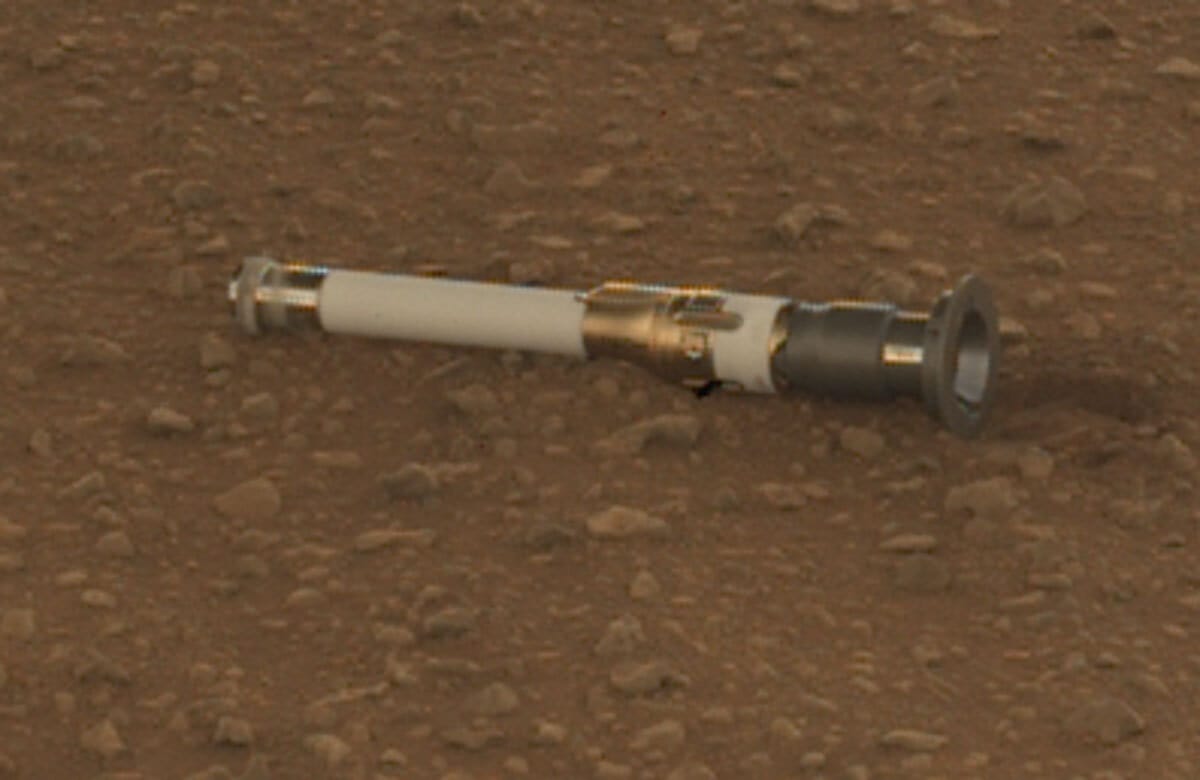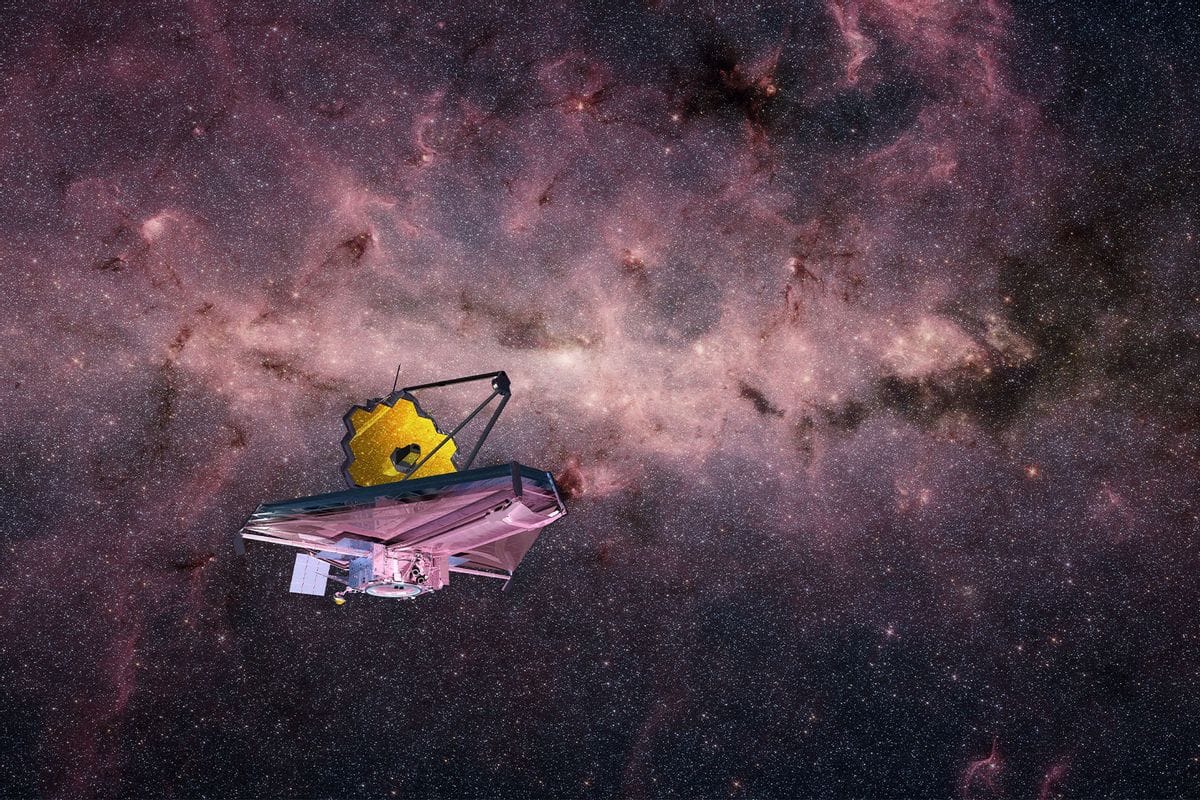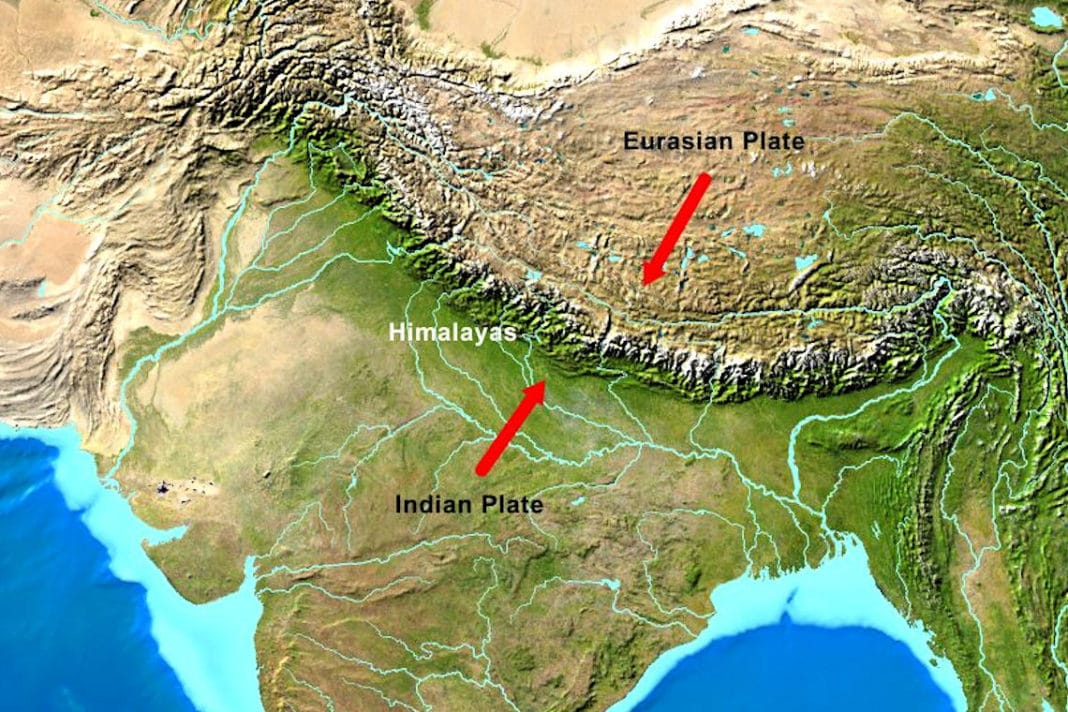In a groundbreaking discovery, NASA scientists have identified a phenomenon known as “solar cannonballs” as a key factor in the loss of water on Mars, lending credence to a theory that has long intrigued researchers. These solar cannonballs, which consist of high-energy particles emitted during solar storms, have the potential to strip away atmospheric elements—including water—when they collide with planetary bodies. This revelation not only enhances our understanding of Mars’ transformation from a once-water-rich environment to its current arid state, but also raises questions about the long-term implications for planetary atmospheres across the solar system.
Recent studies have focused on the ways in which solar activity influences the atmosphere of both Earth and Mars. While Earth’s magnetic field provides a protective shield against these high-energy particles, Mars lacks such a defense. Its thin atmosphere is susceptible to the bombardment of solar cannonballs, which results in the dissipation of atmospheric constituents, including water vapor. Researchers have been analyzing archival data from Mars missions to quantify the extent of this phenomenon and its impact on water retention over the millennia.
The concept of solar cannonballs has gained traction following years of study into solar wind and its interaction with planetary atmospheres. Solar wind is a stream of charged particles released from the sun, and during periods of heightened solar activity, these streams can intensify, leading to more severe impacts on Martian weather systems. By utilizing sophisticated modeling techniques and simulations, NASA researchers were able to recreate the conditions under which these solar particles interact with Mars’ atmosphere.
This research was bolstered by data collected from the MAVEN (Mars Atmosphere and Volatile Evolution) spacecraft, which has been studying the Martian atmosphere since its launch in 2013. MAVEN has provided crucial insights into how solar wind influences atmospheric loss on Mars. The findings highlight a stark contrast between Mars and Earth; while our planet is shielded from the worst effects of solar activity, Mars’ vulnerability to solar cannonballs has played a significant role in its geologic and climatic evolution.
The implications of this discovery extend beyond Mars. By understanding the mechanisms behind water loss on the Red Planet, scientists can draw parallels with other celestial bodies lacking protective magnetic fields. This knowledge may shed light on how these mechanisms affect their habitability and atmospheric stability. For instance, numerous exoplanets have been identified in habitable zones, yet their atmospheres may be subject to similar solar influences that could inhibit the formation of liquid water.
The validation of this longstanding theory about Mars helps clarify the timeline of its atmospheric loss, indicating that solar radiation may have played a key role in transforming it into the barren landscape observed today. Scientific models suggest that Mars once possessed a thicker atmosphere, allowing for stable bodies of liquid water on its surface. However, over millions of years, solar cannonballs, combined with other atmospheric processes, have contributed to the gradual depletion of water resources.
Moreover, the research underscores the importance of continued exploration and observation of Mars and other planets within our solar system. The unveiling of solar cannonballs as a means of atmospheric erosion exemplifies how interplanetary science requires a multidisciplinary approach. By combining data from various sources—satellite missions, ground-based observatories, and laboratory experiments—scientists are beginning to construct a more comprehensive picture of Mars’ history and evolution.
This discovery has reignited interest in the exploration of Mars water resources, particularly in the context of future manned missions and colonization efforts. Understanding the history of water on Mars is critical for questions related to the potential for life, both past and present, and for the feasibility of human settlement. With organizations like NASA investing heavily in Mars exploration, these findings could pave the way for future missions aimed at unearthing the planet’s watery past.
The solar cannonballs phenomenon serves as a reminder of the dynamic and sometimes hostile nature of space. As scientists continue to analyze the ramifications of this discovery, attention will increasingly focus on how cosmic events have shaped not only Mars but potentially other celestial bodies within our solar system.
In conclusion, NASA’s identification of solar cannonballs as potential causes of atmospheric depletion on Mars provides valuable insights into the processes shaping planetary environments. This enhances the understanding of Mars’ transformation, offering a glimpse into its watery past and informing future exploration endeavors. As our comprehension of these planetary phenomena deepens, so too does our understanding of the solar system at large.



